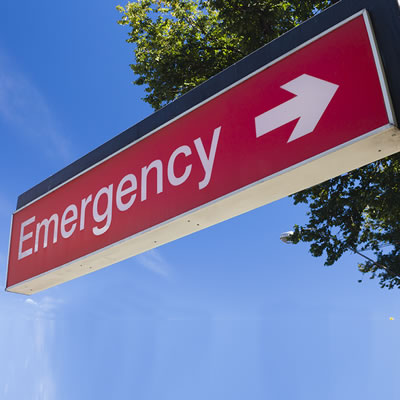Anaphylaxis and Allergy
 Allergic reactions occur when a person reacts to substances in the environment that are harmless to most people. These substances are known as allergens, and are most commonly found in dust mites, pets, pollen, insects, ticks, moulds, foods, latex and some drugs (medications).
Allergic reactions occur when a person reacts to substances in the environment that are harmless to most people. These substances are known as allergens, and are most commonly found in dust mites, pets, pollen, insects, ticks, moulds, foods, latex and some drugs (medications).
Allergic disease includes multiple chronic conditions, such as anaphylaxis, food allergies, drug (medication) allergies, venom (insect and tick) allergies, allergic rhinitis (hay fever), atopic dermatitis (eczema) and asthma.
Anaphylaxis is the most severe type of allergic reaction and should always be treated as a medical emergency. Anaphylaxis requires immediate treatment with adrenaline (epinephrine), If treatment with adrenaline is delayed, this can result in fatal anaphylaxis.
ASCIA Anaphylaxis Online Training
ASCIA Anaphylaxis e-training for schools, children's education/care and community
ASCIA Anaphylaxis training refresher video
Fast Facts
Fast Facts about Adrenaline (Epinephrine) Devices
Action Plans
Click on the links below for more information (A-Z)
Adrenaline (Epinephrine) for Anaphylaxis Treatment
Adrenaline (Epinephrine) Devices
Adrenaline (Epinephrine) Devices for General Use
Allergic Reactions - Signs and Symptoms
Anaphylaxis Facts for Parents and Carers
Common Myths about Allergy and Asthma Exposed
Checklists
Anaphylaxis Checklist - Patients and Carers
Anaphylaxis Checklist - Young Adults (Transitioning from Paediatric to Adult Medical Care)
Anaphylaxis Checklist - Travel (People at Risk of Anaphylaxis)
Forms
Allergic Reactions Clinical History Form
Allergic Reactions Event Record Form
Scan the QR code to view this webpage on a mobile phone

How Allergies Work is a short (4 minute) animation about allergies, anaphylaxis and the immune system, and is a National Allergy Council initiative.
Useful Links
Webpage updated May 2025
